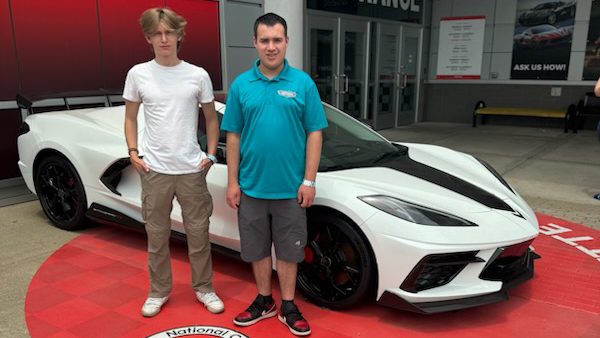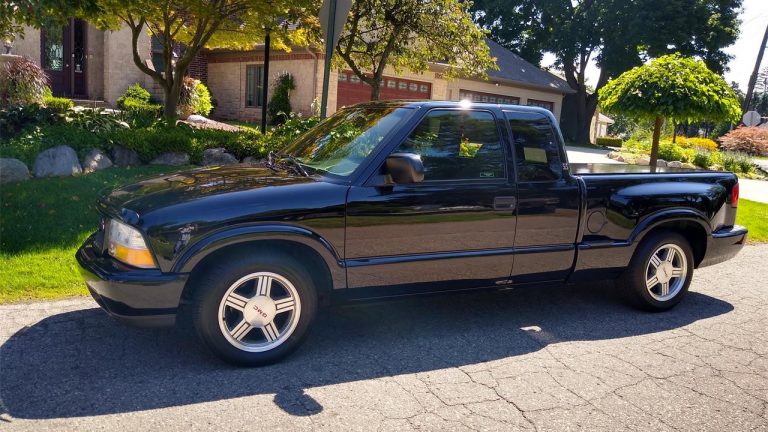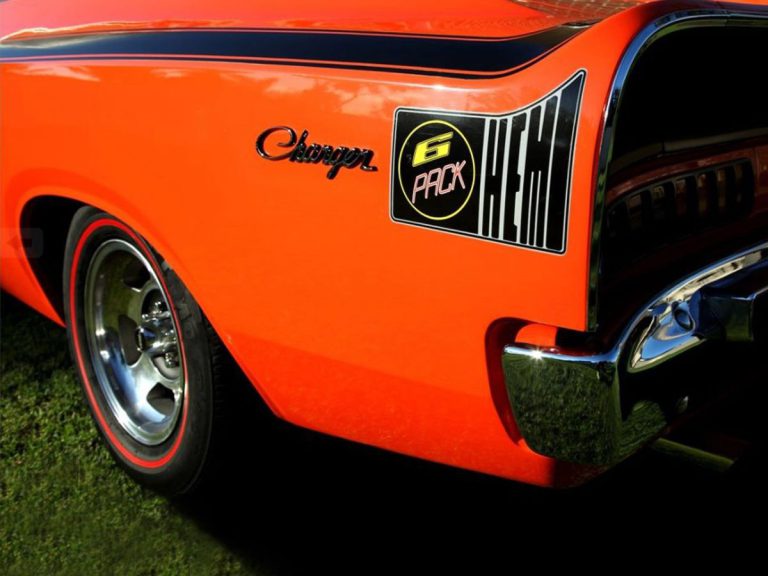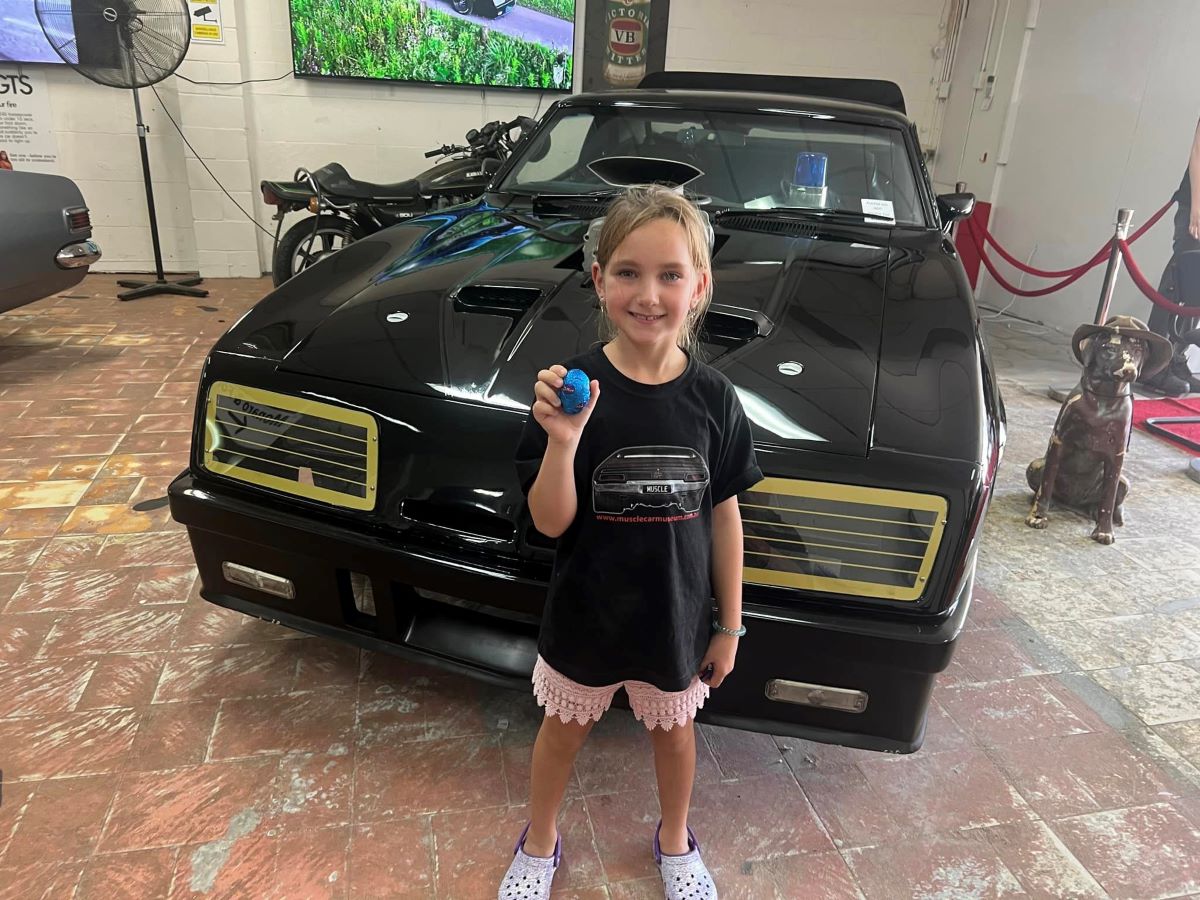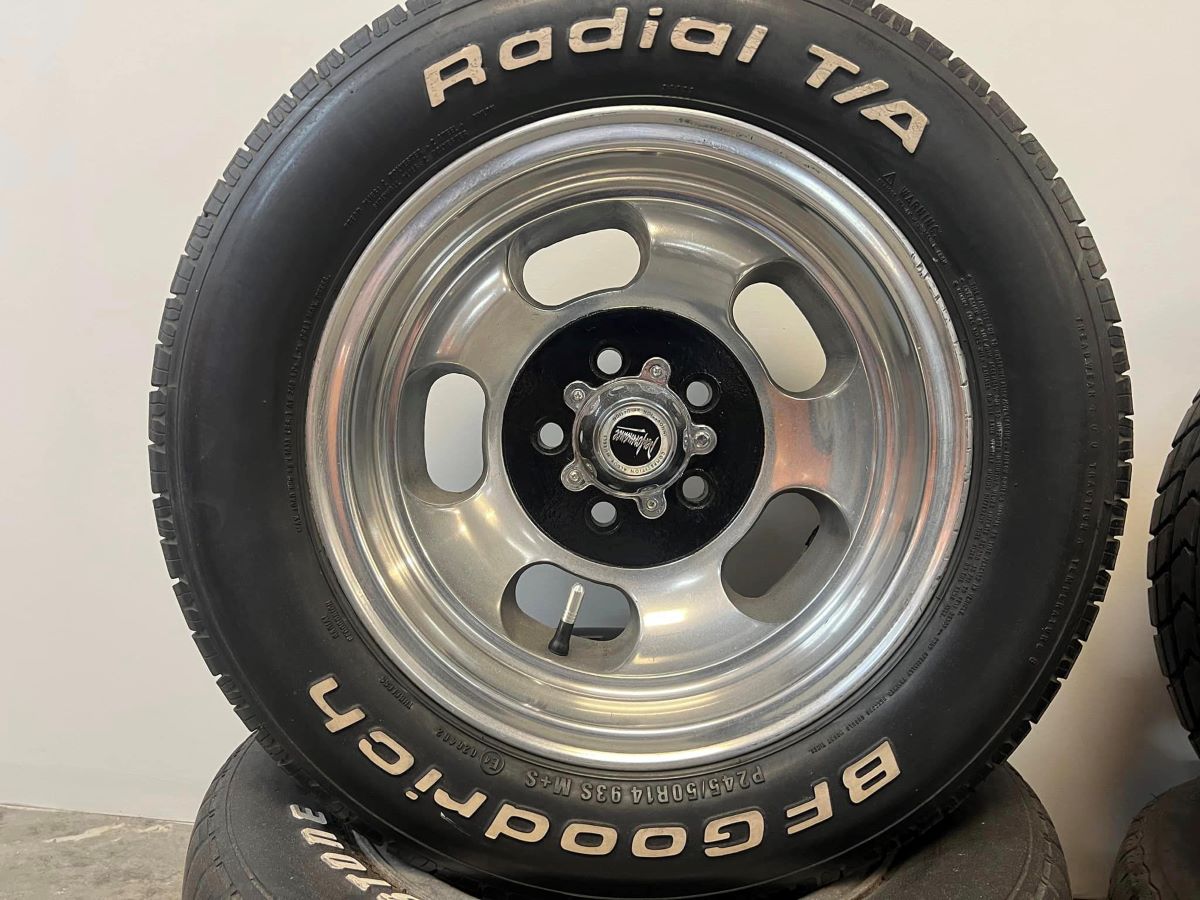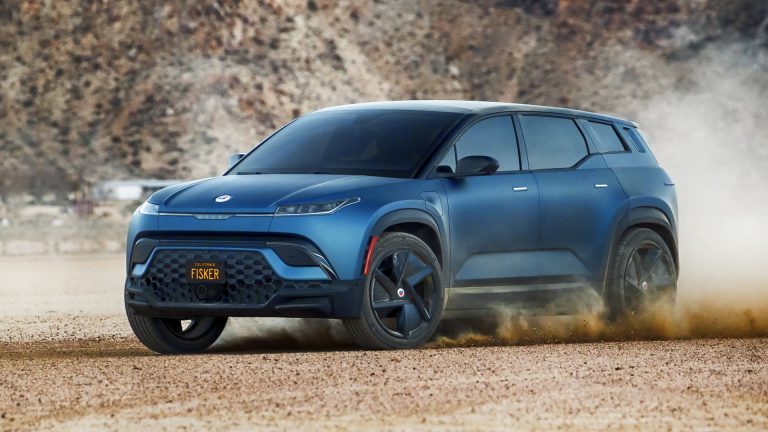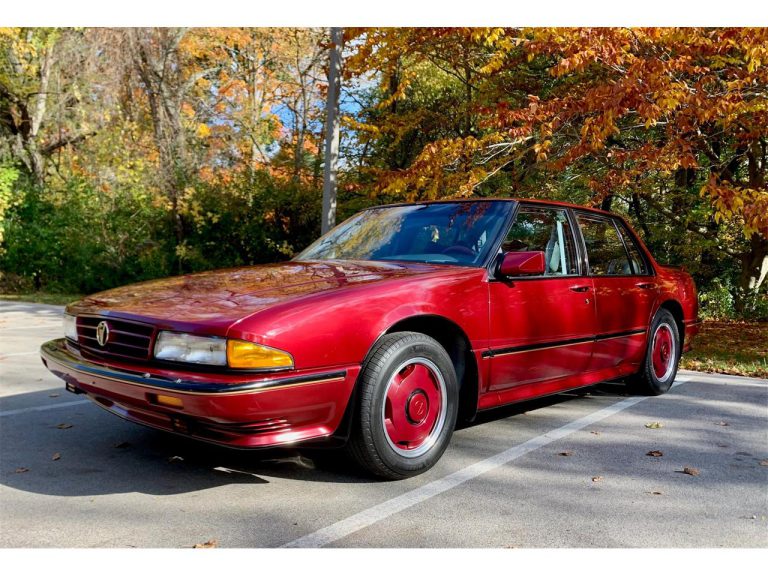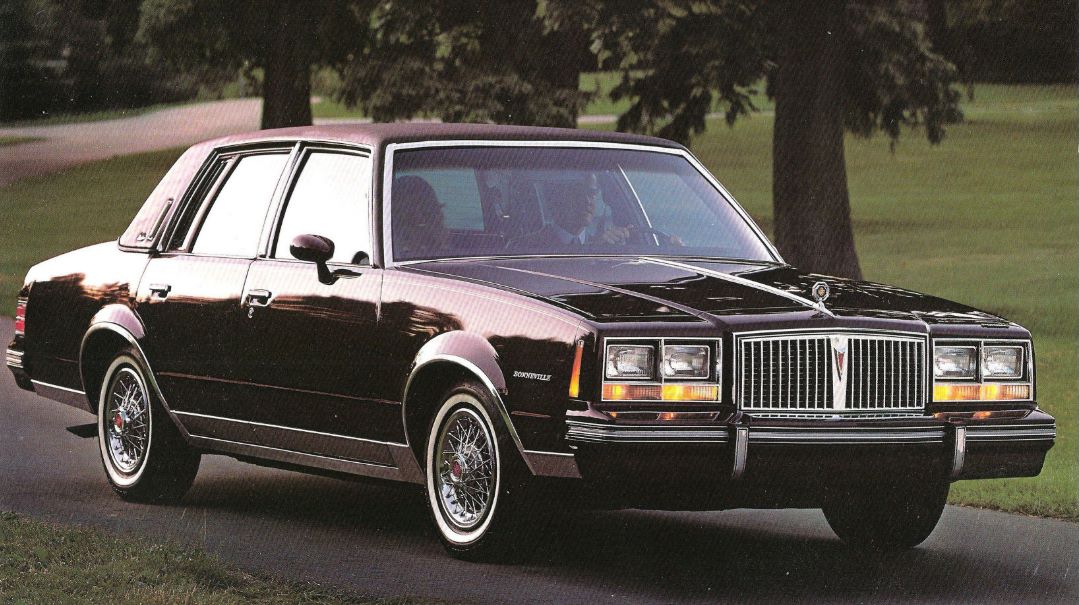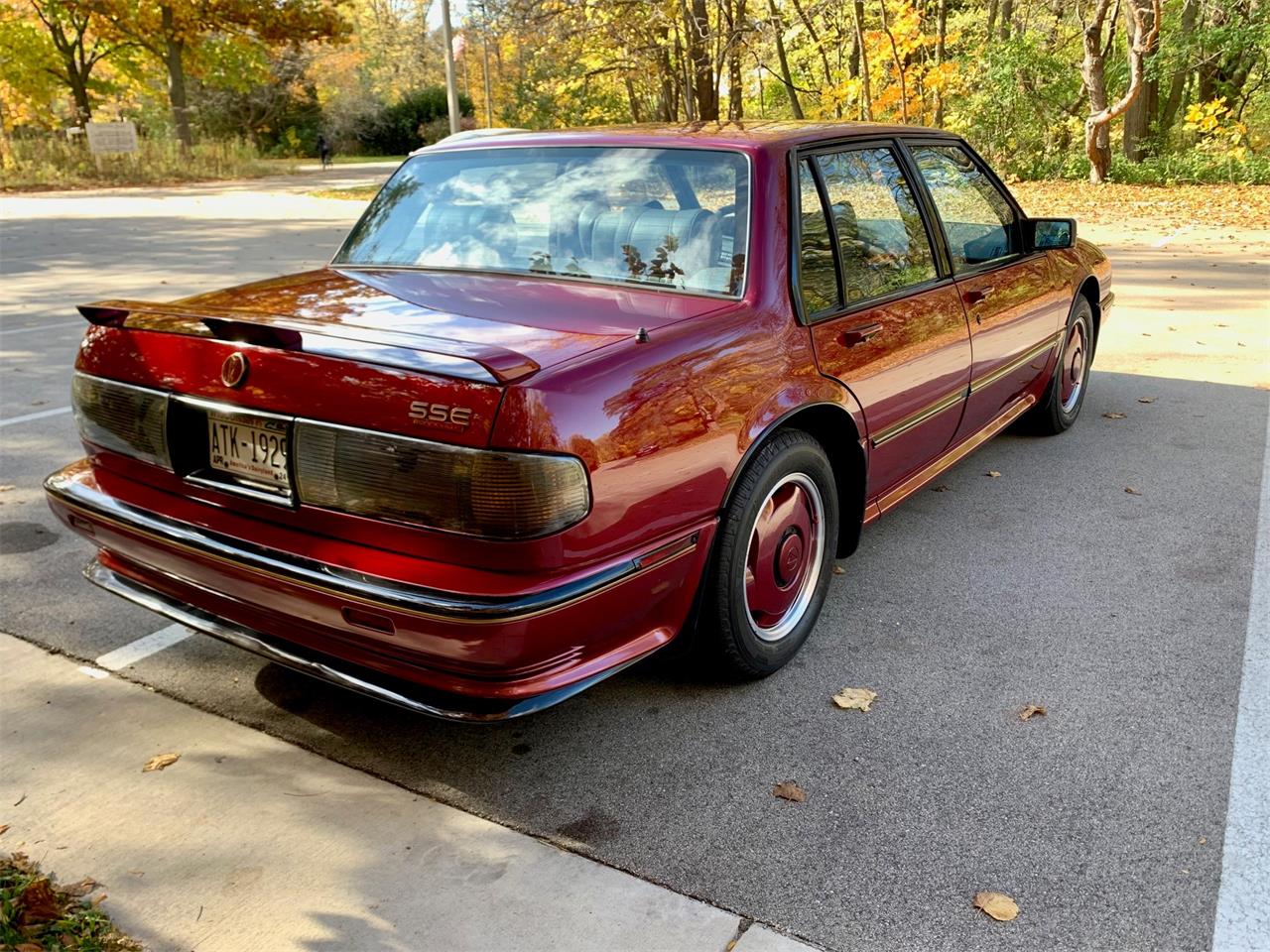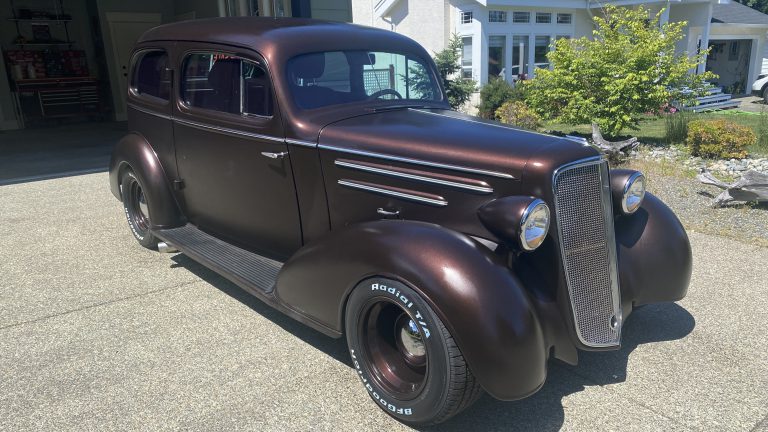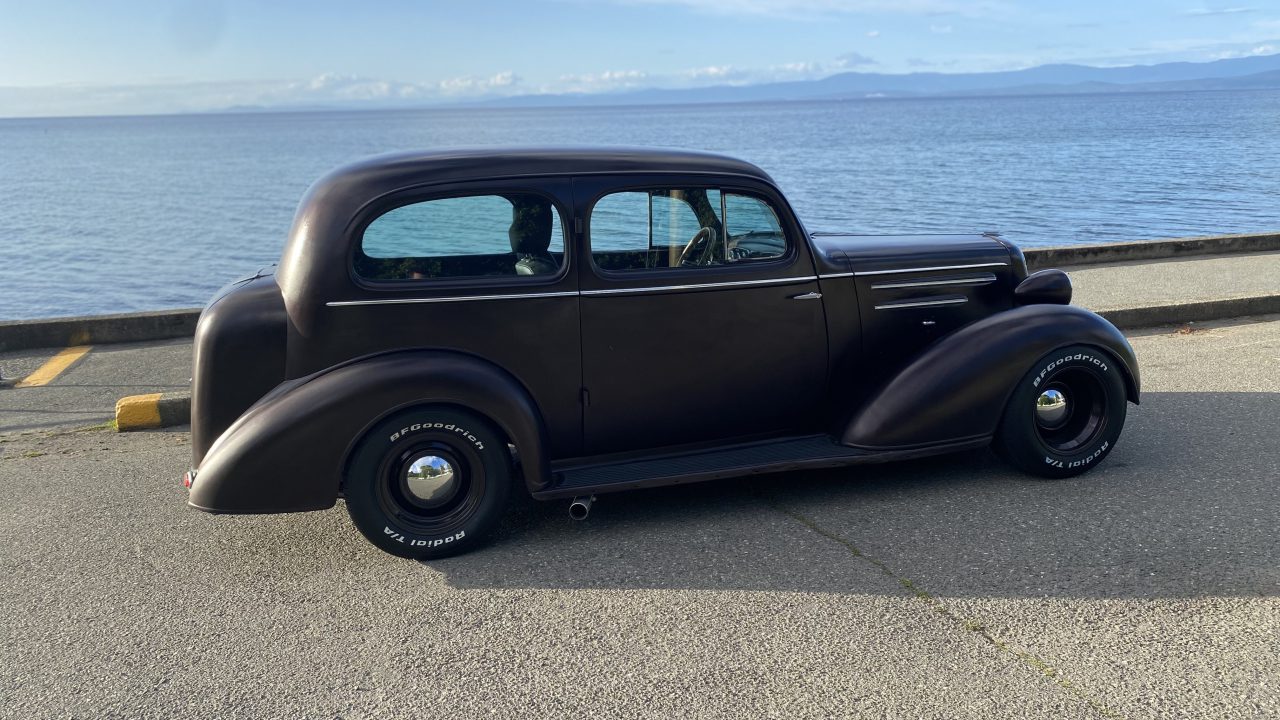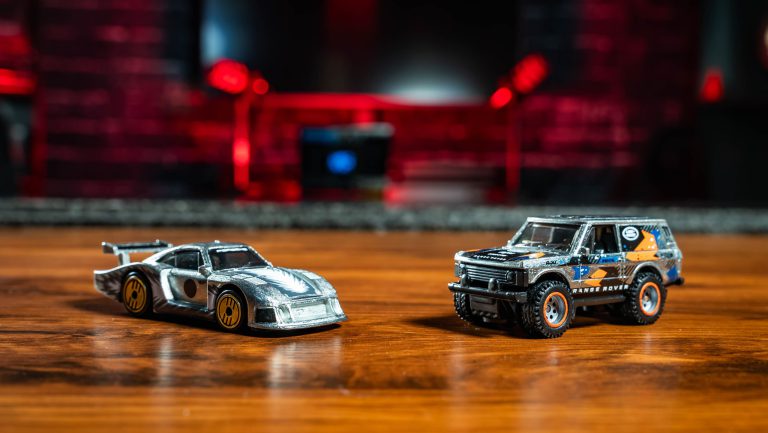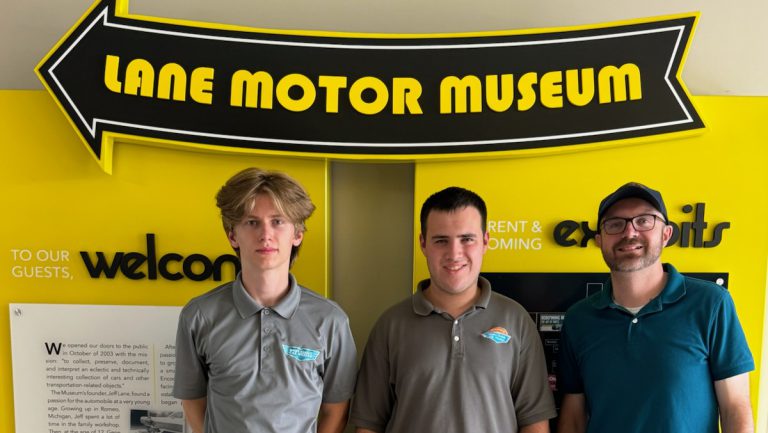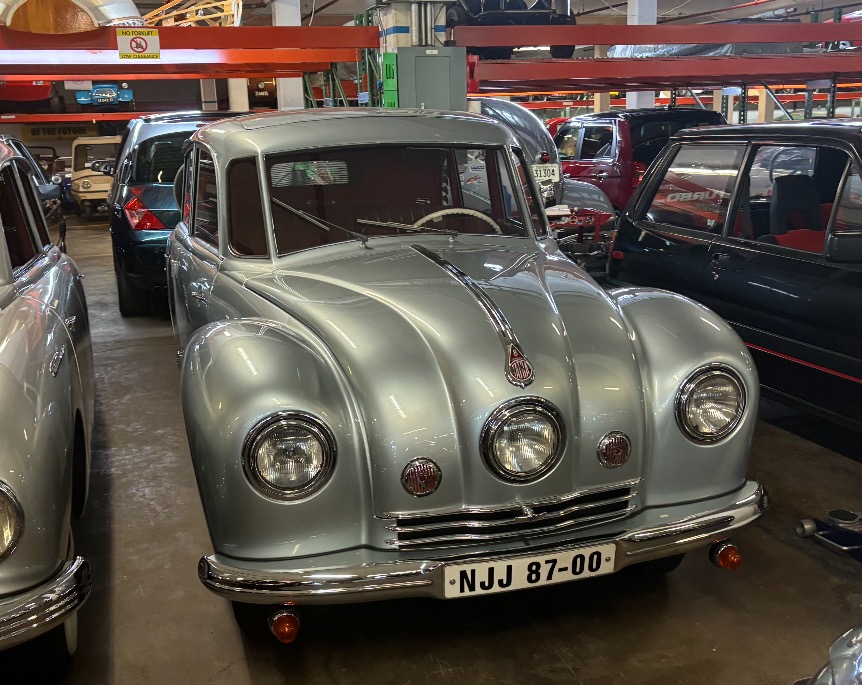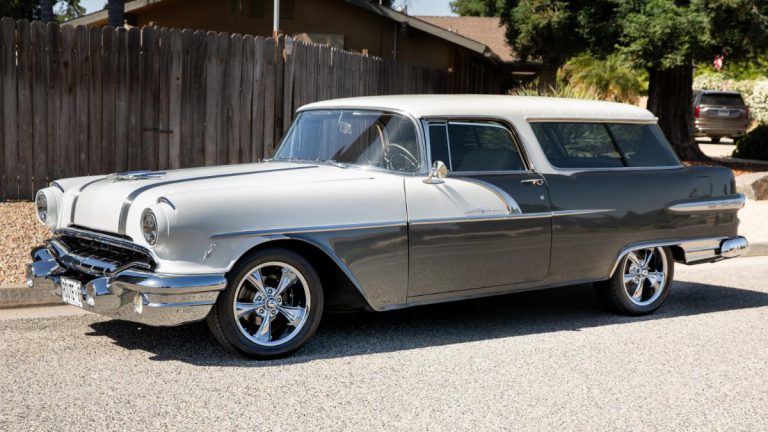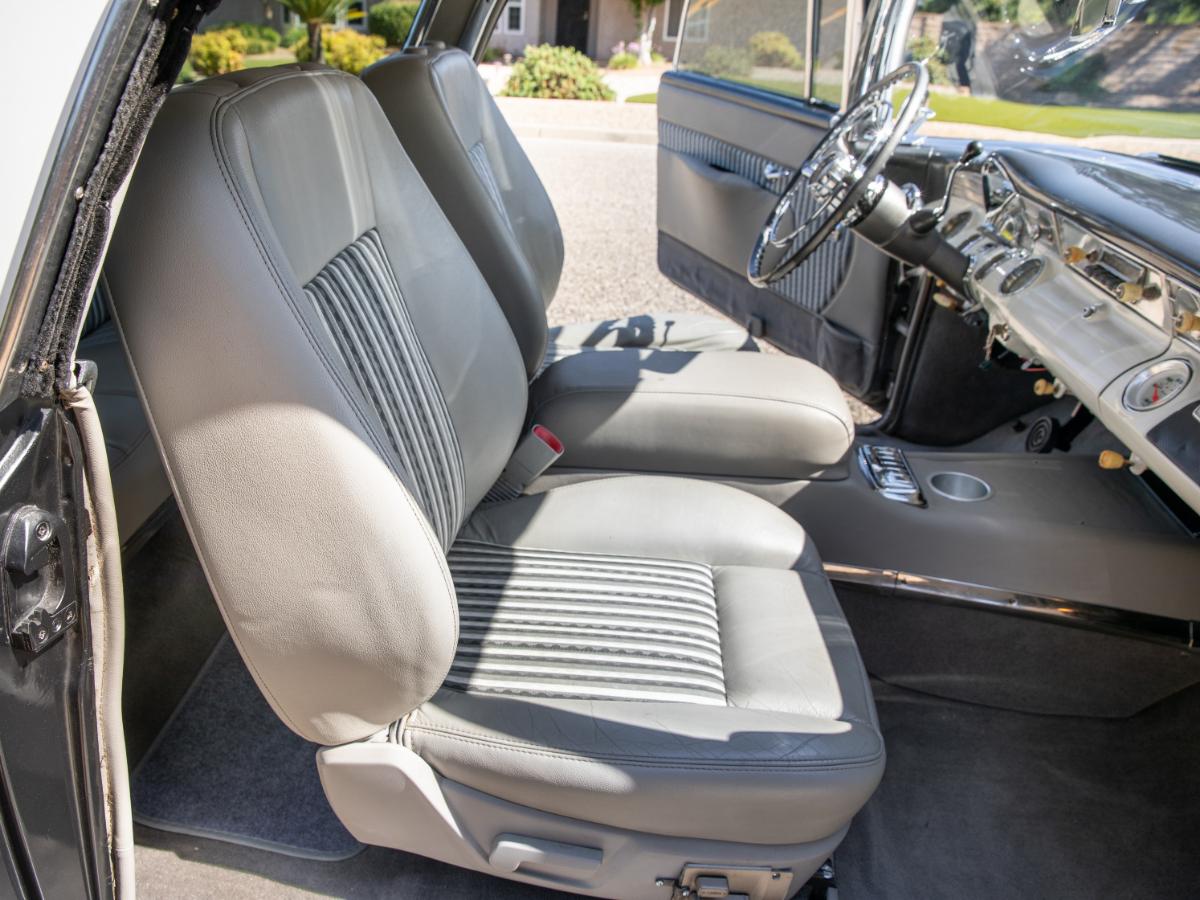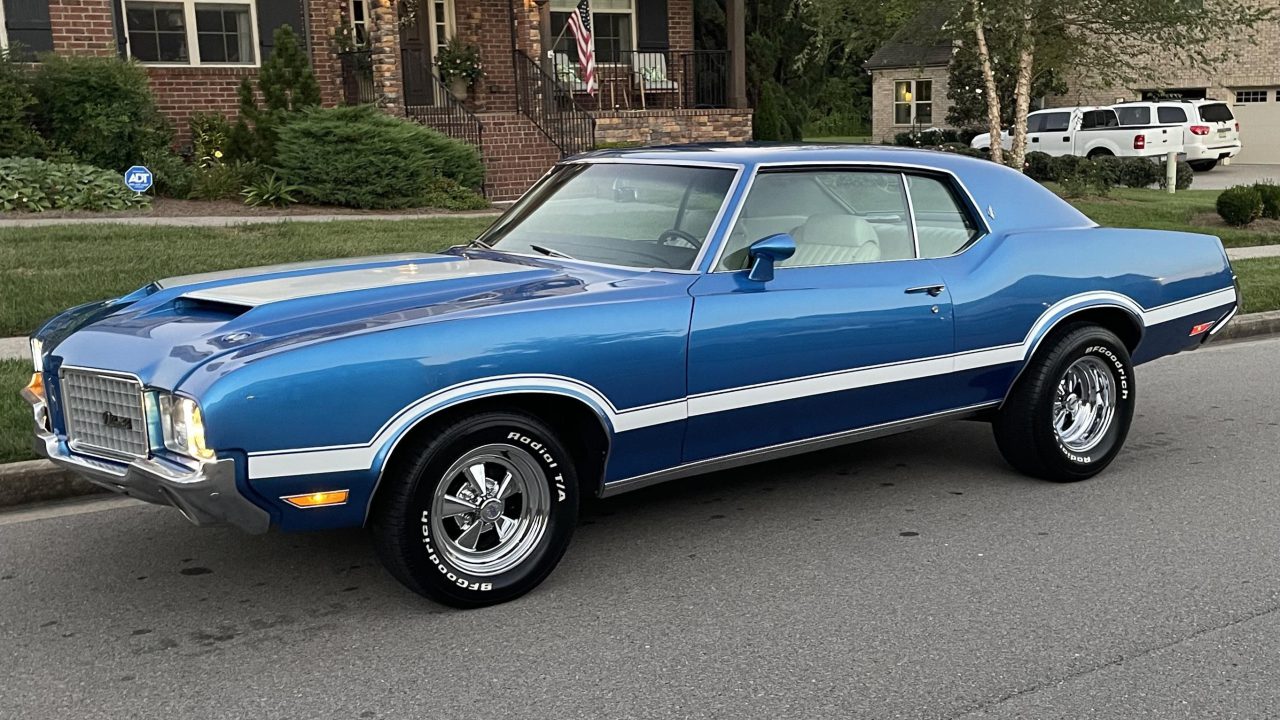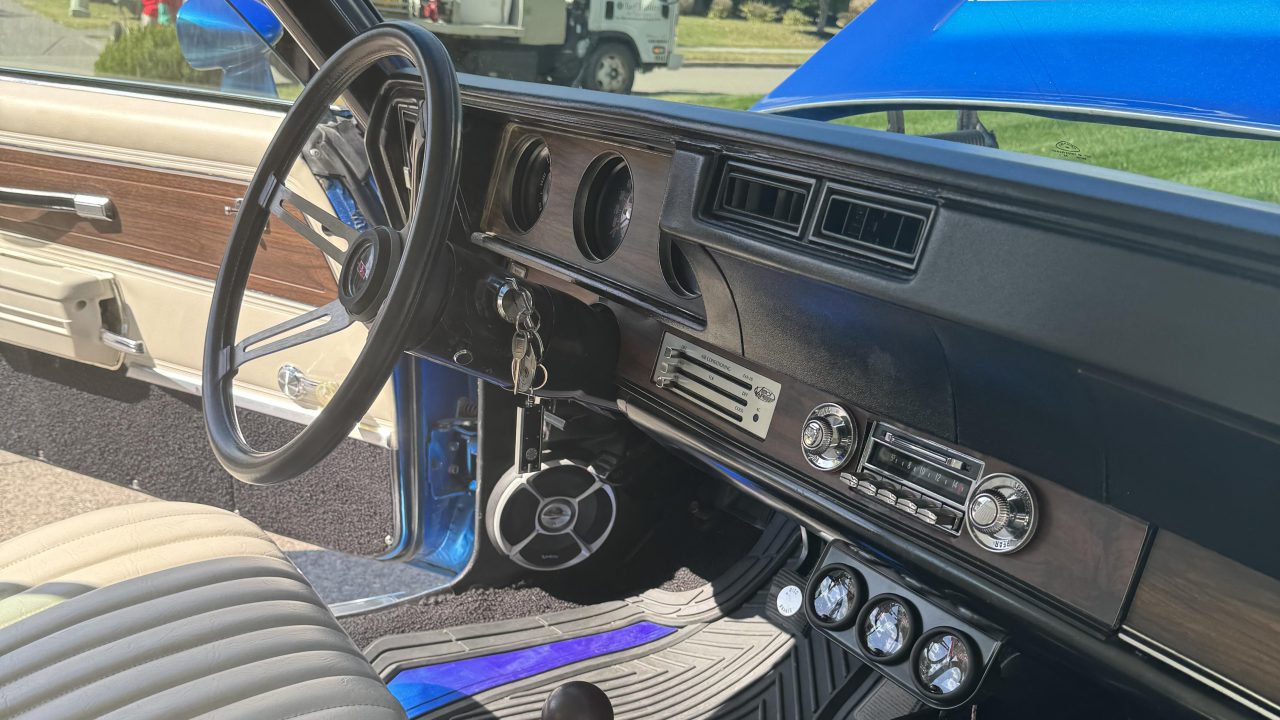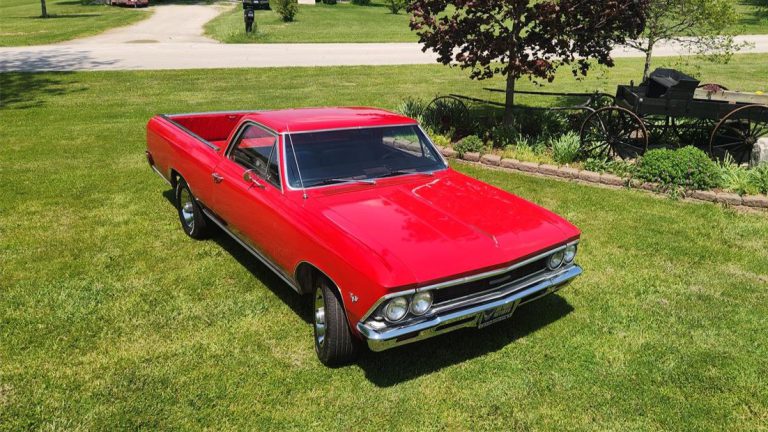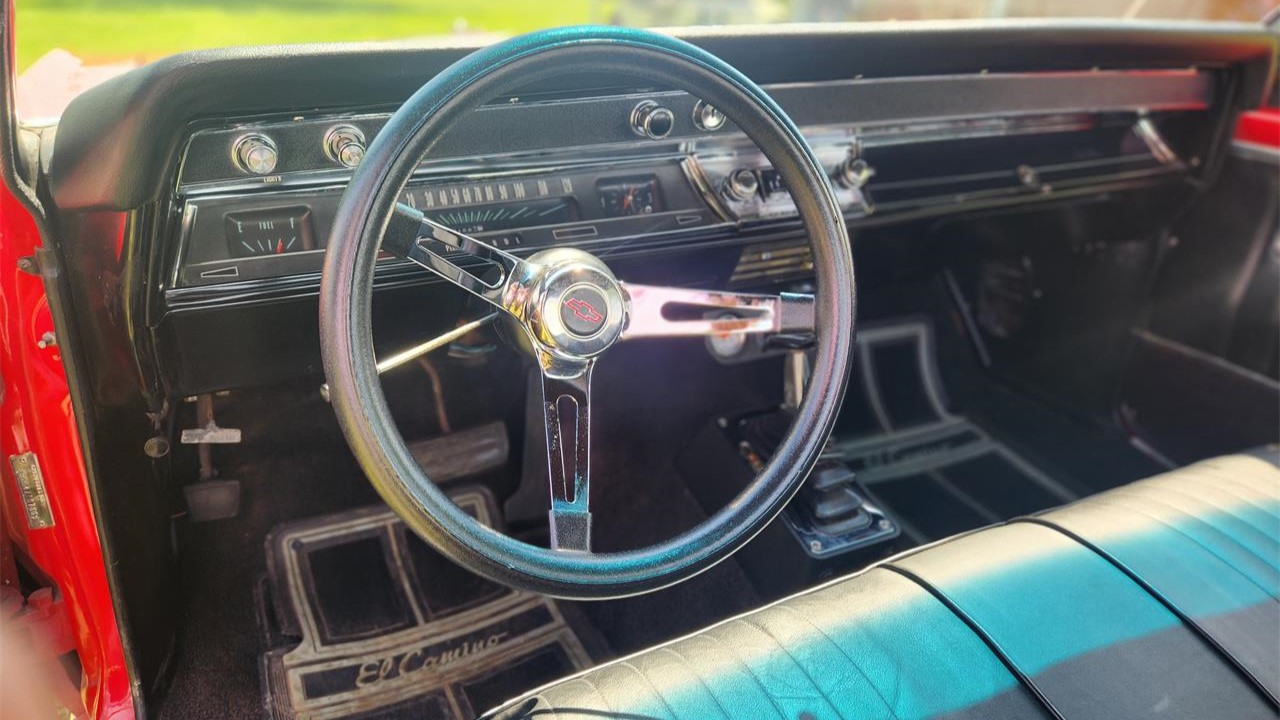Two student docents from the Maine Classic Car Museum are taking part in the 2024 Great Race as part of the X-Cup Challenge. Click here for part one of their journey.
Cars and Caves
Max and Cotton here again with our daily blog as we get ready to compete in the 2024 Great Race long distance rally. We’re two high school students from Maine and we’re reporting on our experience as rookies in this epic 2,300 mile race.
Today as we headed towards the starting line, we made a detour in Kentucky for some great cars and caves. First stop was the National Corvette Museum in Bowling Green. The Museum sits next to the General Motors Corvette assembly plant and the museum was amazing. The legendary Corvette celebrated its 70th anniversary last year, and you can see every example from the first C1 to today’s C8 models. What’s cool is that they have a boulevard in the middle of the Museum where new Corvette buyers can come and take delivery of their cars. There were a lot of smiles on the boulevard today.


We both made a ranked list of our favorite Corvettes on the ride to Bowling Green, and we were anxious to see if in-person comparison of these cars side-by-side would confirm or change our rankings. Hands down for Max is the C8. The newest Corvettes have it all—the looks, the technology and the power. For Cotton, an orange C7 got his vote as the best Corvette.

Coming from Maine, we were intrigued to see a very special 1954 car called the “Entombed Corvette.” The story goes that a grocery store owner got frustrated that his wife wouldn’t ride in his Corvette with him, so he built a secret room in his new store and hid the car. It sat there for many years until it was finally unearthed. Speaking of tombs, the Corvette Museum has a special exhibit showing the cars that fell into a big sink hole in 2014. We were so sad to see the footage of the 1,000,000th Corvette falling into a big hole, but glad to see that General Motors has since fully restored the car.

We were on top of the world after seeing the Corvette Museum, so we changed our pace and went to the bottom of the earth at nearby Mammoth Caves National Park. Well, not quite. But we did hike down 300 feet and it was pretty cool in more ways than one. It was fun watching Tim and Bram, our chaperones, wiggle, duck, and crawl through some tight places.

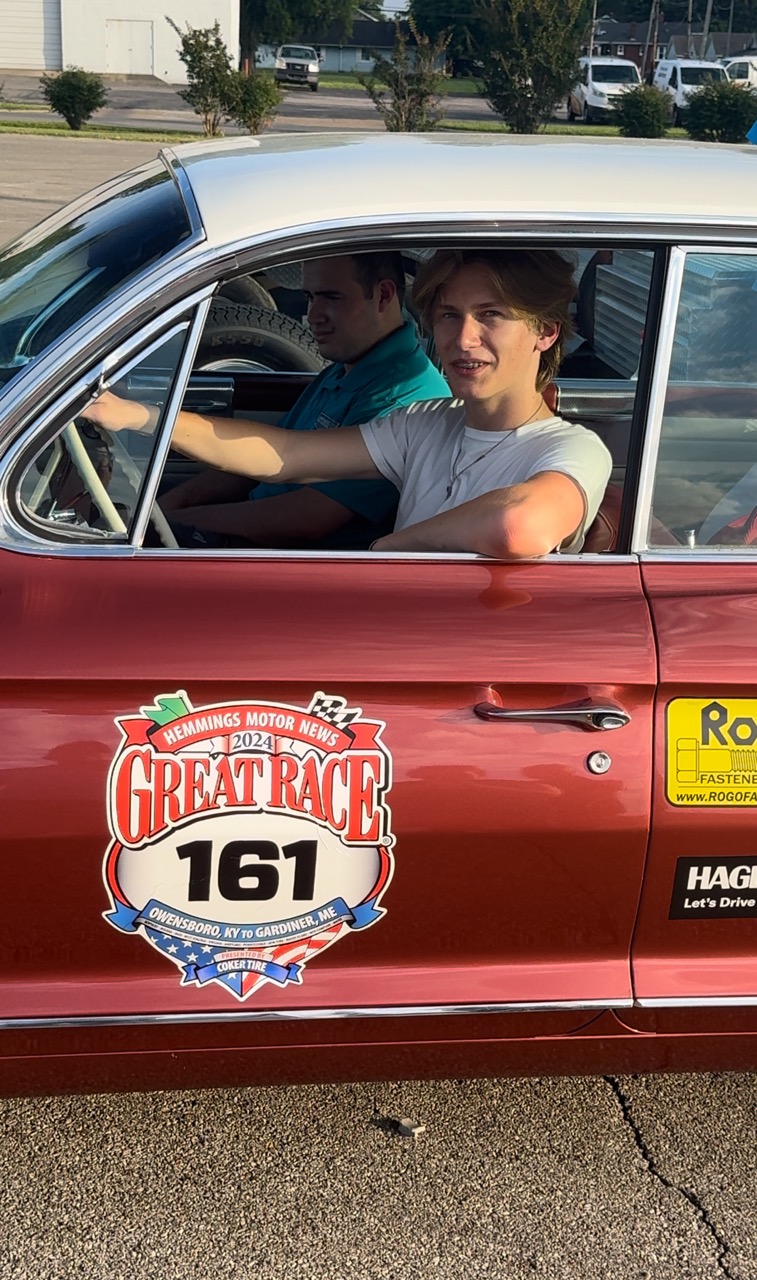
We came back to Earth’s surface and listened to bluegrass music on the radio as we made our way to Owensboro, the starting point of the Great Race. We said goodbye to our good friends Pete and Talia from Kenney Towing in Wells, Maine. They unloaded our 1961 Cadillac Sedan Deville from the trailer and we both got a chance to take the car for a spin around the parking lot.
Thanks for Day Two, boys! We wish you luck, and can’t wait for the rest of the journey. Part Three, coming soon.


